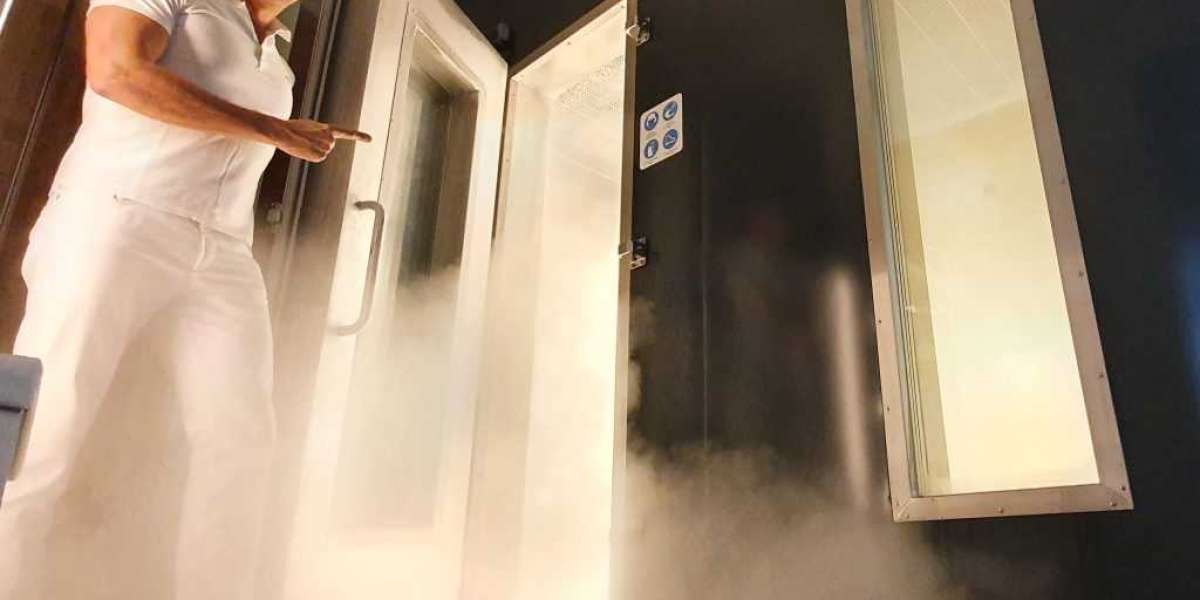Understanding the steps in IVF
IVF technology has been around for more than three decades and is a preferred method of ART (Assisted Reproductive Technology) by fertility experts to help families that have been trying to conceive unsuccessfully for months or years, and for whom other traditional fertility treatments have not yielded results.
The process of fertilization where the egg is combined with the sperm outside the body is called In-vitro Fertilization or IVF. In-vitro means outside the living body, in a test tube, petri dish or elsewhere.
This is different from artificial insemination. In artificial insemination, the sperm is placed directly within the uterus, whereas in IVF, the process takes place in a laboratory. The eggs and sperms fertilize in a culture dish, and the resultant embryos are then replaced back into the uterus.
When in vitro fertilization (IVF) treatment was first developed, fresh transfers were the only type of transfer available. This is because the science of cryopreservation–the freezing of embryos for future use—was in its infancy. In the 40 plus years since the first embryo was transferred successfully, cryopreservation techniques, culture media (the environment where the embryo grows) and advanced reproductive technologies have improved tremendously, thus making both fresh and frozen embryo transfers (FETs) commonplace. FETs are now the preferred transfer type, but both are used regularly.
Today due to changing social environment and delayed family planning, many couples/single parent choose to freeze their embryos and use them at a later date to start a new family.
In what situations does one consider an IVF treatment?
- The woman is of advanced age (40 years and above)
- Presence of male infertility or low sperm-count
- Blocked fallopian tubes
- Previously cryopreserved eggs are being used
- An egg donor is being used
- Surrogate is needed
- Endometriosis
- Presence of anti-sperm/anti-egg antibodies
- Unexplained fertility issues
So what are the steps involved in an IVF procedure?
IVF is a four-stage process. Let’s go through them one by one.
Stage 1: Stimulation and monitoring of the ovaries and triggering ovulation.
The key to increasing the chances of pregnancy is having a greater number of mature eggs available for fertilisation. Depending on the type of patient, certain medications are used to prevent an early release of eggs, while other medications areused to stimulate the ovaries to develop more ovarian follicles. The medications alsocontrol the timing of ovulation to make it easier to retrieve the eggs.
Stage 2: The EPU Process (Egg Pick Up) or egg retrieval
The next step in the IVF process is to retrieve as many eggs a possible to increase the chances of conceiving. Please note that not all the eggs may not be used in the current IVF
cycle.
Egg retrieval is performed under mild sedation, local anaesthesia or, in some cases,
general anaesthesia. Using ultrasound, the mature follicles are identified and with the use of a needle, the fluid is withdrawn is withdrawn from the mature follicle with gentle suction.
The fluid is immediately examined under a microscope to see if an egg has been retrieved.
The process is repeated for each mature follicle in both ovaries. All retrieved eggs are removed
from the follicular fluid and placed in an incubator.
Stage 3: Fertilization
The next step in the IVF process is the fertilization. About two hours before the eggs are retrieved, a semen sample is collected from the malepartner and processed to select the strongest, most active sperm. The incubator is set the same temperature and in this environment the egg and sperm are combined together.
The next day,the eggs are examined under a microscope to determine whether fertilisation has occurred. Ifit has, the resulting embryos will be ready to transfer to the uterus a few days later
Stage 4: Embryotransfer
The final stage of the IVF process is the embryo transfer. This is not a complicated procedure and hence can be performedwithout anaesthesia. The embryos are placed in a tube and transferred
to the uterus. The number of embryos transferred depends on awoman’s age, cause of infertility, pregnancy history and other factors. If there are additional embryos that are of good quality, they may be frozen (cryopreservation) for later use.
Which fertility clinic is near me in Dubai?
MMC IVF is a leading fertility clinic in Dubai that excels in both frozen and fresh embryo transfers using approved and latest IVF techniques. We take care of every aspect of personal care, be it physical or mental health, to ensure the IVF journey is as pleasant as possible. We also offer medical concierge services so everything from your travel to stay to treatment is taken care of by us in case you are traveling from abroad. All you have to do is make an appointment with us +971 56 136 2512or write to us at [email protected]. We will get back to you promptly. The best part is that you can stay at home and talk to our specialists online before you make the decision. In addition, you can request for a second opinion on the diagnosis and treatment you already are on. Reach out to MMC IVF and we will fix an appointment for it.








